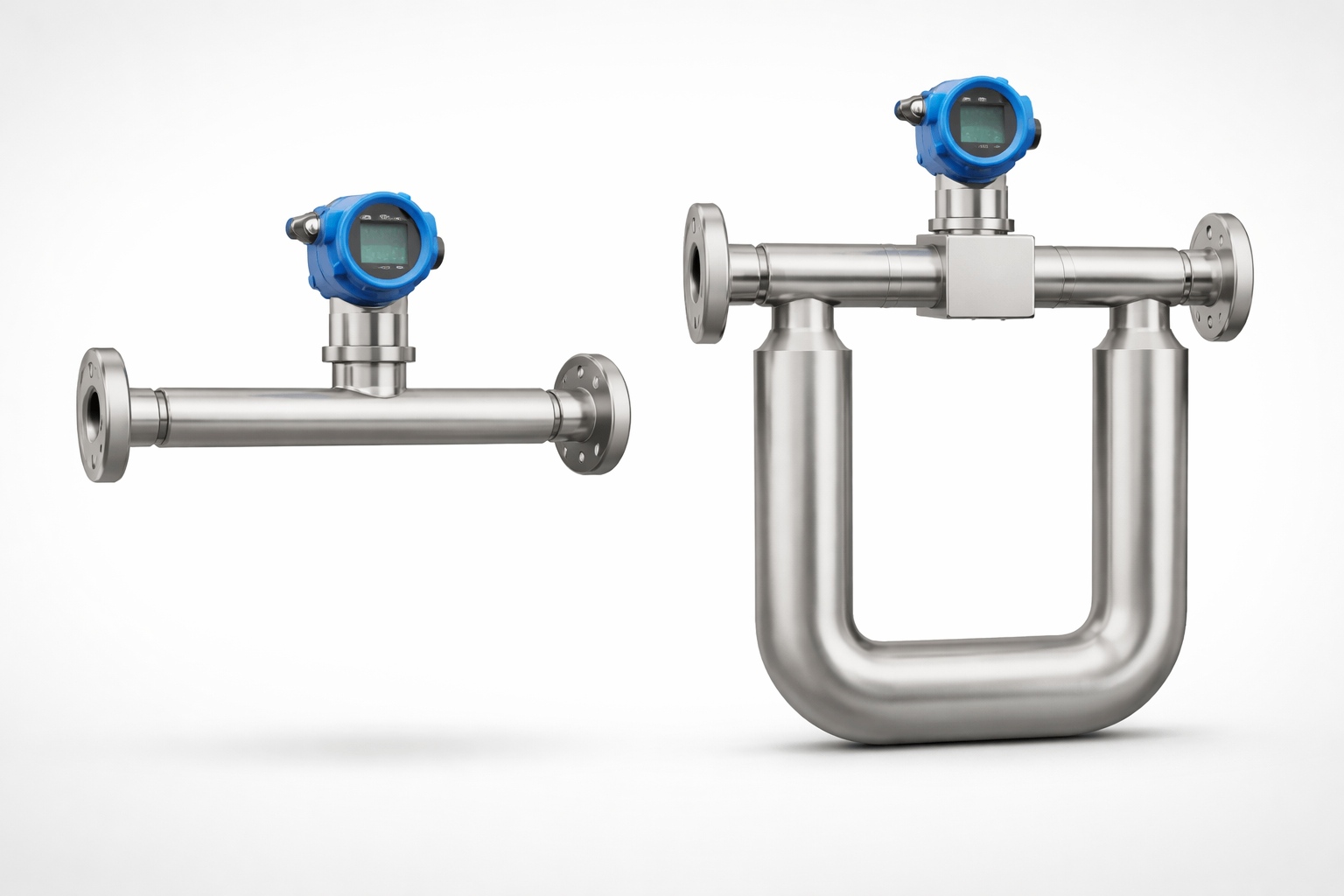When it comes to camping, hiking, or any outdoor adventure, the choice of tent material can significantly impact your experience. The right material not only affects the tent's durability and weather resistance but also influences weight, breathability, and overall comfort. In this article, we will delve into the various materials used in tent construction, their pros and cons, and help you determine what is the best material to make a tent out of for your specific needs.
Understanding Tent Materials
Tents are primarily made from two types of materials: natural fibers and synthetic fabrics. Each category has its unique characteristics, advantages, and disadvantages.
- Natural Fibers
Historically, tents were made from natural materials such as cotton and canvas. While these materials have their charm, they are less common in modern tent manufacturing due to advancements in synthetic fabrics.
- Cotton Canvas: Known for its breathability and durability, cotton canvas tents are excellent for warm climates. They can absorb moisture, which helps regulate temperature inside the tent. However, they are heavy, take longer to dry, and can be prone to mold if not properly maintained.
- Pros: Breathable, durable, and provides good insulation.
- Cons: Heavy, slow to dry, and requires regular maintenance.
- Synthetic Fabrics
The majority of modern tents are made from synthetic materials, primarily nylon and polyester. These materials have revolutionized the camping experience due to their lightweight properties and resistance to weather elements.
- Nylon: This is the most popular material for tents due to its strength-to-weight ratio. Nylon tents are lightweight, making them ideal for backpacking. They are typically coated with silicone or polyurethane to enhance waterproofing. However, nylon can be susceptible to UV damage over time.
- Pros: Lightweight, strong, and excellent waterproofing capabilities.
- Cons: Can degrade under UV exposure and may be less breathable than natural fibers.
- Polyester: While slightly heavier than nylon, polyester is more UV resistant and maintains its shape better when wet. It is often used in budget-friendly tents and is a good option for family camping trips.
- Pros: UV resistant, retains shape when wet, and generally more affordable.
- Cons: Heavier than nylon and may not be as durable in extreme conditions.
Key Factors to Consider When Choosing Tent Material
When deciding on the best material for your tent, consider the following factors:
- Weather Conditions
If you plan to camp in varied weather conditions, prioritize materials with excellent waterproofing and wind resistance. Nylon with a silicone or polyurethane coating is ideal for wet climates, while polyester can be a good choice for sunny environments due to its UV resistance.
- Weight and Portability
For backpackers and hikers, weight is a critical factor. Lightweight nylon tents are often preferred for their portability. However, if you are car camping, weight may be less of a concern, allowing for the use of heavier, more durable materials.
- Breathability
Breathability is essential for comfort, especially in warmer climates. Look for tents with mesh panels or those made from breathable materials like cotton canvas. Synthetic materials can trap heat, so consider ventilation options.
- Durability and Maintenance
Evaluate how often you will use the tent and in what conditions. If you are a frequent camper, investing in a high-quality nylon or polyester tent may be worthwhile. For occasional use, a budget-friendly polyester tent might suffice. Remember that natural fibers require more maintenance to prevent mold and mildew.
Conclusion: What is the Best Material to Make a Tent Out Of?
Ultimately, the best material for your tent depends on your specific needs and camping style. For lightweight backpacking, nylon is often the best choice due to its strength and waterproof capabilities. If you prioritize breathability and comfort in warm weather, cotton canvas may be suitable, albeit heavier. For family camping trips where weight is less of a concern, polyester offers a good balance of durability and affordability.







